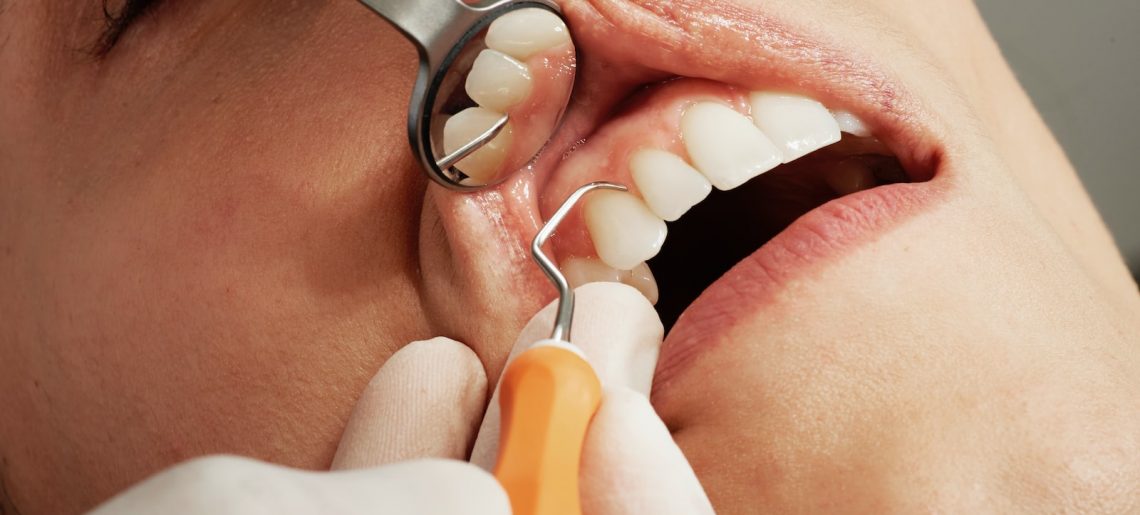Women’s health is an important but often overlooked topic. In Sydney, there are a number of common health issues that can affect women in particular and it’s essential to be aware of the risks and take steps to prevent these conditions from occurring or becoming worse. Thankfully, with knowledge and understanding comes prevention, so here we’ll explore some of the most common women’s health issues in Sydney and how best to avoid them.
Breast Cancer
Breast cancer is one of the most common health issues affecting women in Sydney. It’s estimated that 1 in 8 Australian women will develop breast cancer by age 85, making it important to understand how the disease works and what can be done to prevent it.
The primary cause of breast cancer is still unknown; however, some factors are associated with an increased risk for developing this type of cancer. These include having a family history of the disease, being over 50 years old, taking hormone replacement therapy (HRT) or tamoxifen, or having radiation exposure to the chest area. Other lifestyle-related risks such as drinking alcohol, smoking cigarettes and not getting regular exercise can also increase a woman’s chances of developing breast cancer.
It’s essential for all women to have yearly mammograms starting at age 40 and clinical breast exams every three years beginning at age 20. Women should also conduct self-breast examinations regularly and watch out for any changes in their breasts like lumps or swelling that don’t go away after a few weeks. If anything unusual is found during these screenings or self-exams, it’s important to get checked out by a doctor right away. Taking these steps helps ensure early detection and better outcomes from treatment if needed.
Reproductive Health Issues
Moving on from breast cancer, reproductive health issues are another common concern for women in Sydney. Reproductive health concerns range from infertility to menstrual problems, gynecological infections and even menopause-related symptoms. All these can have an impact on a woman’s physical and emotional well-being. Fortunately, there are ways to prevent or reduce the risk of developing these conditions.
First, consulting your doctor regularly is essential when it comes to reproductive health care. Through regular checkups, any potential problems can be detected early before they become more serious. Additionally, talking openly with your physician about any changes you may be experiencing in your body will help them provide better advice and treatment options if needed.
It is also important to maintain healthy lifestyle habits such as exercising regularly and having a balanced diet that includes plenty of fruits and vegetables which contain antioxidants that can protect against diseases like cancer. Avoiding smoking and limiting alcohol consumption will also benefit overall health and wellbeing. Finally, getting vaccinated according to recommended schedules helps ensure protection against some viruses that can lead to conditions like cervical cancer or endometriosis.
By taking preventive measures such as those discussed above along with seeking medical assistance when needed, women in Sydney can stay healthier longer.
Mental Health Issues
Mental health issues are common amongst women in Sydney, with research showing that one in five Australian women suffer from a mental illness at some stage of their lives. Women experience greater levels of anxiety and depression than men, as well as higher rates of suicide. Mental health can also be adversely affected by stressors such as family responsibilities, financial pressures, or an overwhelming workload.
Fortunately, there are steps which can be taken to prevent the onset of mental health problems. One is to build strong social networks; having supportive and understanding friends or family members who will listen without judgment is essential for good mental wellbeing. Furthermore, it’s important to take time out for yourself – whether it’s engaging in regular exercise or simply taking part in activities you enjoy – so that physical and psychological needs are both met on a regular basis. Additionally, seeking professional help when needed should never be overlooked: speaking to a trained counselor could make all the difference.
It’s clear that looking after our mental health is just as important as ensuring we eat properly and get enough sleep each night. Taking care of ourselves mentally is not only beneficial for us personally but also helps those around us feel supported too. By being proactive about our own emotional wellbeing and reaching out for support if necessary, we can reduce the risk of developing more serious long-term conditions down the track.
Cardiovascular Disease
Moving on to the next common women’s health issue in Sydney, cardiovascular disease is a major concern. This includes heart attack and stroke, which are both serious conditions that can be life-threatening. Cardiovascular disease is one of the leading causes of death in Australia, with around 29% of all deaths caused by this condition. There are several factors that contribute to an increased risk of developing cardiovascular disease, such as high blood pressure, smoking, obesity and physical inactivity.
Fortunately, there are some lifestyle changes that can help reduce your risk of developing cardiovascular disease. The most important thing you can do is eat a healthy diet full of fruits and vegetables, whole grains and lean proteins. Regular exercise is also essential for maintaining good heart health; aim for at least 30 minutes per day or 150 minutes per week. Additionally, quitting smoking and limiting alcohol consumption can further lower your chances of developing cardiovascular issues.
Finally, it’s important to stay up-to-date with regular medical checkups so any early signs or symptoms can be identified quickly before they become more severe. If you have existing heart conditions or other risk factors like diabetes or high cholesterol levels then making sure these are well managed will go a long way towards reducing the likelihood of having a complication due to cardiovascular disease. Taking proactive steps now will help ensure better overall health in the future!
Osteoporosis
Osteoporosis is a serious health issue for many women in Sydney. It’s a condition where bones become weak and brittle, leading to an increased risk of fractures. Women are particularly at risk due to their naturally lower bone density than men, as well as hormonal changes that occur during pregnancy and menopause. To prevent osteoporosis, it’s important to maintain healthy lifestyle habits including eating enough calcium-rich foods such as dairy products, green leafy veggies, canned salmon and sardines. Exercise can also help by building strong muscles around the bones which helps support them against fracture. Regular weight-bearing exercise like walking or jogging is especially helpful since it places pressure on the bones which encourages them to grow stronger. Finally, regular doctor checkups can alert women to any early signs of this condition so they can take appropriate action before it becomes more severe.
Sexually Transmitted Infections (Stis)
Sexually Transmitted Infections (STIs) are a common health issue for women in Sydney, and can have serious consequences if left untreated. It’s important to take preventative measures to reduce the risk of contracting an STI. The most effective way to do this is by always using protection when engaging in sexual activity, such as condoms and dental dams. This will help protect against many diseases, including chlamydia, gonorrhea and HIV/AIDS.
Regular testing is also important for early detection of any infections that may be present. Women should visit their doctor or local clinic for regular check-ups with tests for STIs included. Furthermore, it’s advisable to avoid having multiple partners at once and instead opt for monogamous relationships where both parties have been tested prior to becoming sexually active together. Other methods of prevention include avoiding drug use during sex and discussing any potential risks associated with new partners before engaging in intercourse.
Educating oneself on the symptoms of STIs is another useful tool in preventing them from spreading further within the community. Knowing what signs to look out for – such as sores or unexpected discharge – allows people to seek medical attention quickly if they suspect they may have contracted an infection. Taking simple precautions like these can go a long way towards protecting one’s own health as well as reducing the spread of STIs amongst others in Sydney.
Conclusion
In conclusion, women in Sydney face a range of common health issues that can have a significant impact on their overall well-being. However, by taking steps to prevent and manage these issues, women can improve their health and quality of life. Eating a healthy diet, staying active, and seeking regular medical checkups are all important strategies for preventing and managing common women’s health issues. Additionally, accessing women’s health services in Sydney can provide valuable support and resources for women who want to take charge of their health. By working together with healthcare professionals and making proactive choices, women in Sydney can prioritize their health and enjoy all the benefits of a vibrant and active life.






